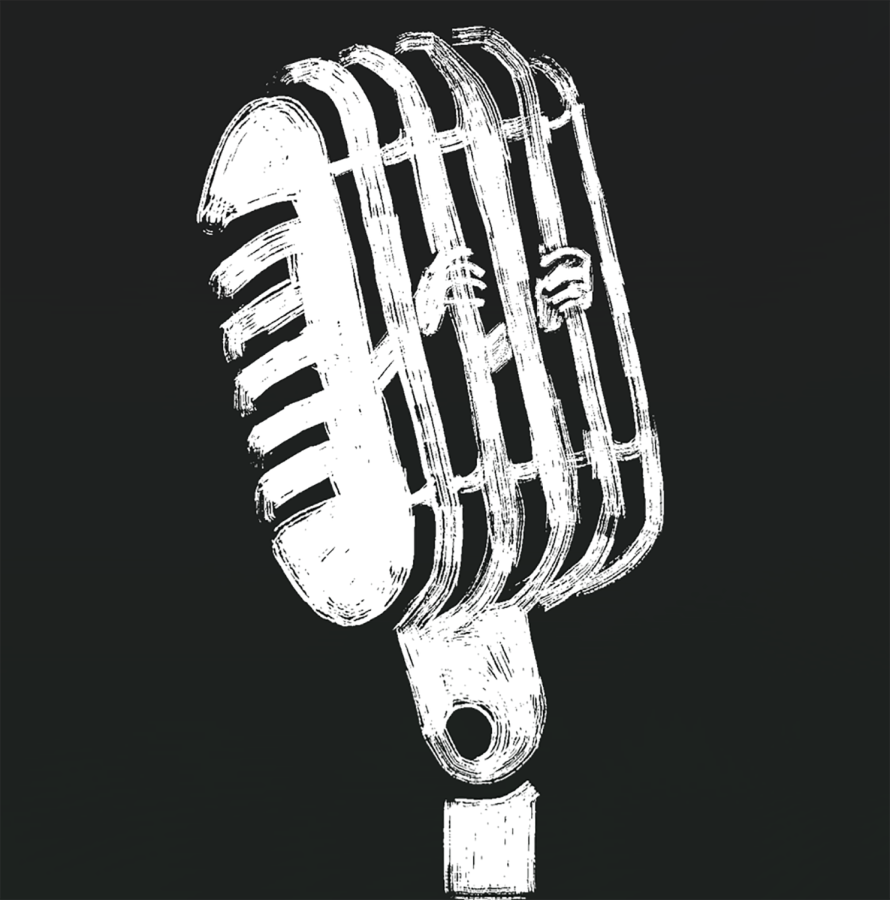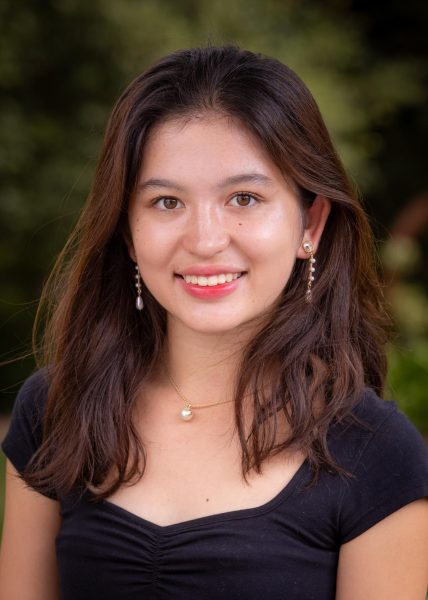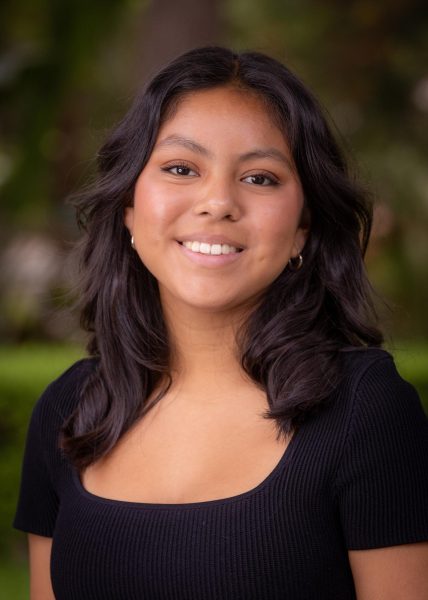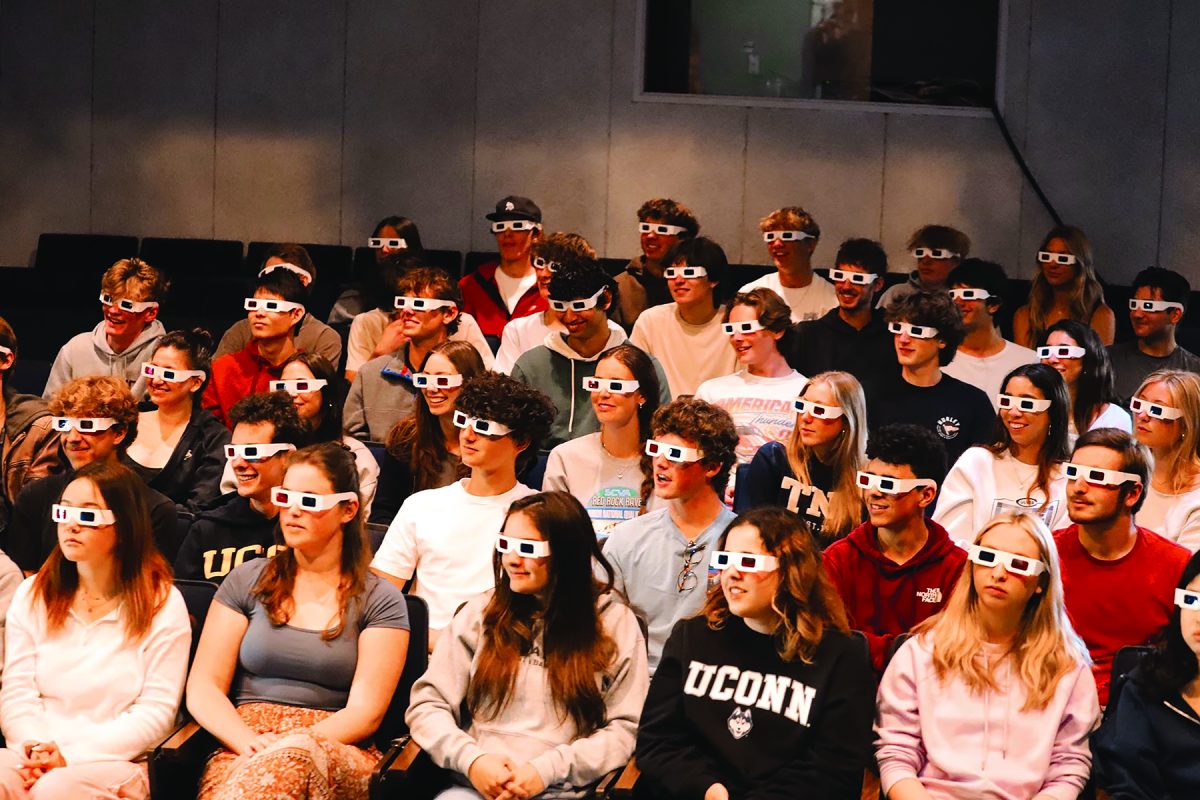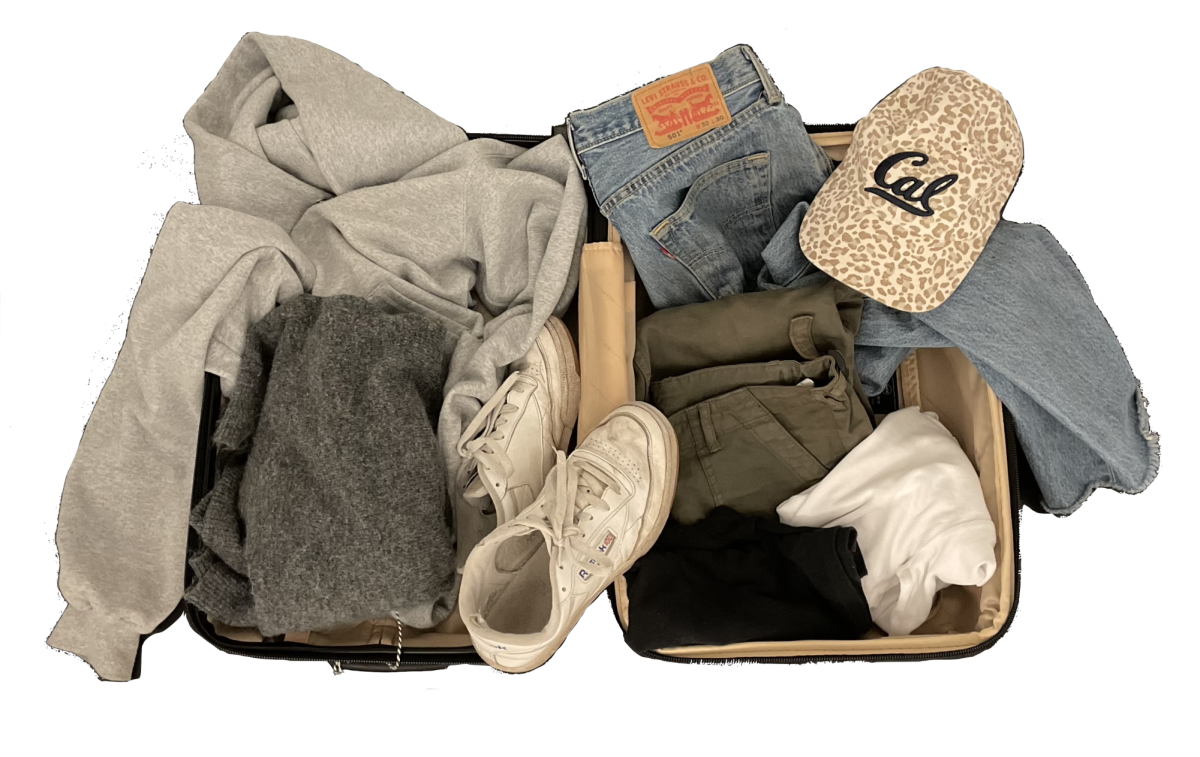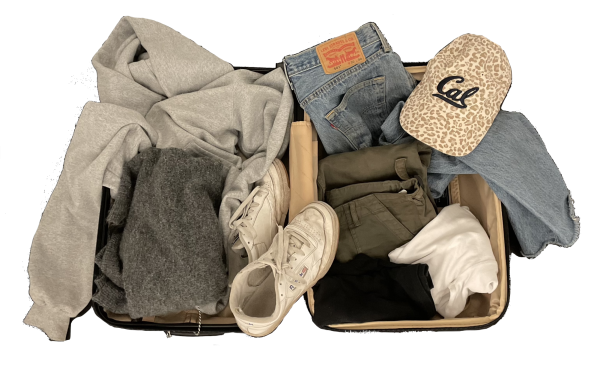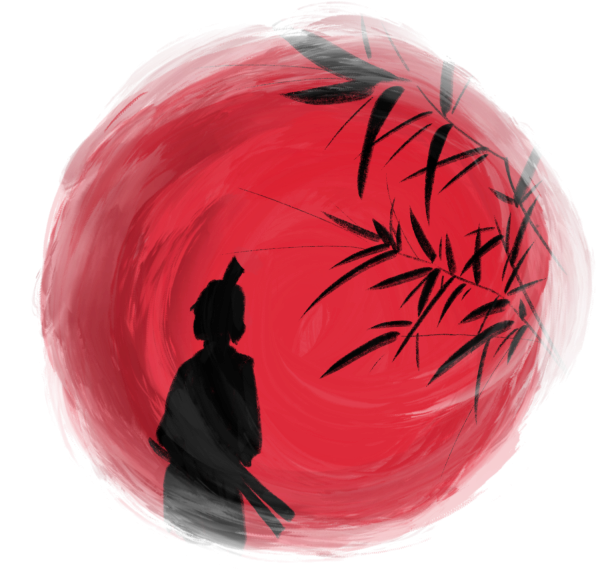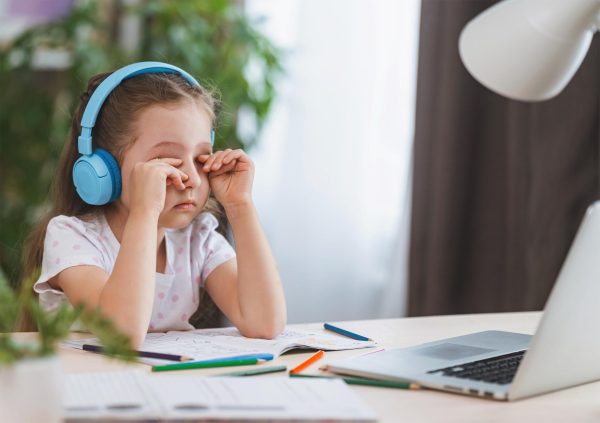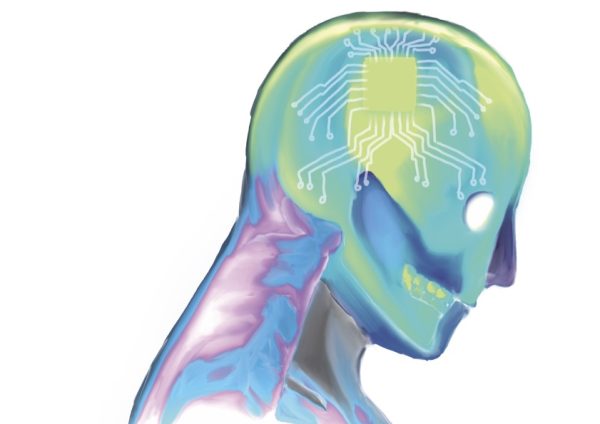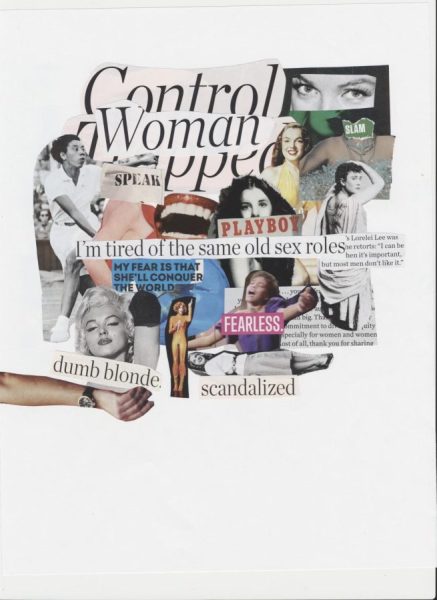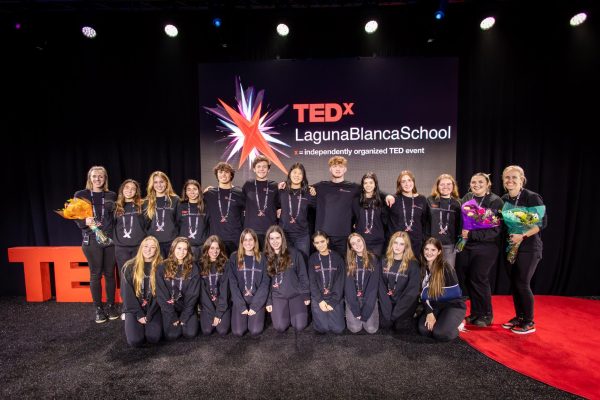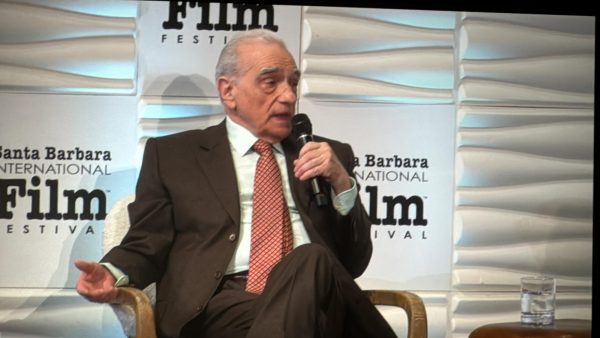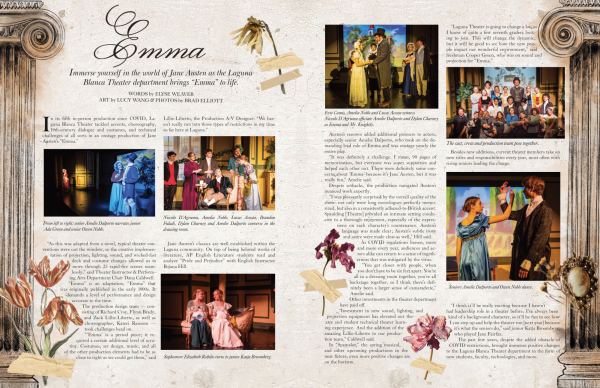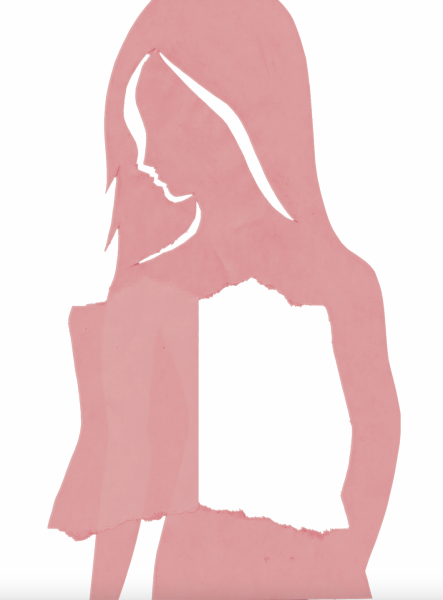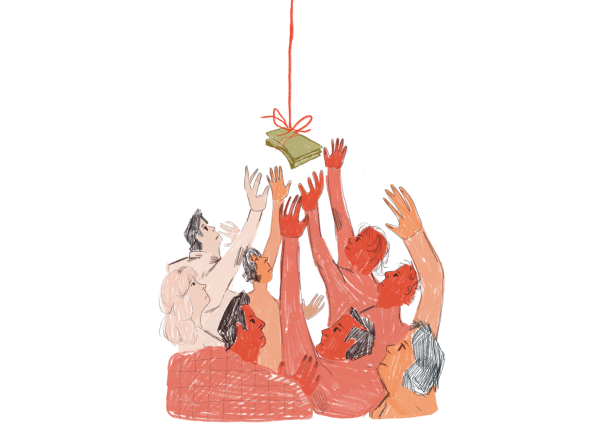Censorship in Schools
Freedom of speech—one of America’s most upheld values. Yet, in a place designed to foster critical thinking skills and independent voices, schools are suppressing this crucial amendment instead.
June 5, 2023
Website blocked by the school administration. Unable to access this source. Students across the country are greeted with this message on a day-to-day basis. As teachers incorporate more technology into their lesson plans, discussions about what and how much to filter for students is a pressing nationwide concern.
To “censor” means “to examine in order to suppress or delete anything considered objectionable.”
Websites that address and include sexuality, religion, race, and ethnicity are the most common and contentious topics blocked for students— not only influenced by the school’s decision but also affected by a parental opinion that objects to these subjects being discussed in classrooms. An example of this could be the discussion of Darwin’s theory of evolution, as it may disagree with a school’s religious views.
According to the National Coalition Against Censorship/ (NCAC), “Censorship demands require educators to balance First Amendment obligations and principles against other concerns.” Although teachers and administrators often make selective choices on what to include and exclude in the school’s curriculum, this is not, in fact, an act of censorship; however, it could become if they decide to remove a book, source, or other material due to sensitive or confrontational issues.
According to the National Council of Teachers of English (NCTE), “Whereas the goal of censorship is to remove, eliminate or bar particular materials and methods, the goal of [administrative selection] is to provide criteria for selection of materials and methods.”
School administrators have the ability to censor websites they believe are harmful to students; however, this comes down to perspective. Schools administrators pick and choose what is “inappropriate” however much of that content is questionable. For example, multiple schools around the United States, including Laguna Blanca, have chosen to censor the Bible.
While most censorships are put in place to prevent inappropriate content, this method can have detrimental effects. By altering what students can and cannot see, schools subconsciously shape students’ worldviews to fit what they feel is appropriate.
Due to the prejudices that plague our society, censorship leads to a sense of isolation for students who belong to minority groups. As Amelie said, this practice is detrimental to minority students because “censorship can limit children’s education and knowledge and can hinder their freedom of thought and speech.”
Kevin Guay Phd, the history teacher at Laguna, backs up Amelie’s opinion saying, “ensorship could undoubtedly impact students negatively, especially in underrepresented communities that already experience curricular prejudice rooted in exclusionary pedagogy. Suppose a society, such as the United States, possesses a long history of privileging certain groups or individuals over others. In that case, it is highly probable that their value systems would simultaneously influence what is viewed as “moral,” “correct,” or “pure” for students.”
While censorship has had a long standing negative reputation, it does not come without its benefits.
Kevin Guay, history teacher at Laguna, says, “While denying the dissemination of ideas is ultimately about control, restricting access to specific images or ideas (pornography, propaganda, misinformation, etc.) may benefit younger students that lack the maturity or processing capabilities to analyze and contextualize the material critically.”



